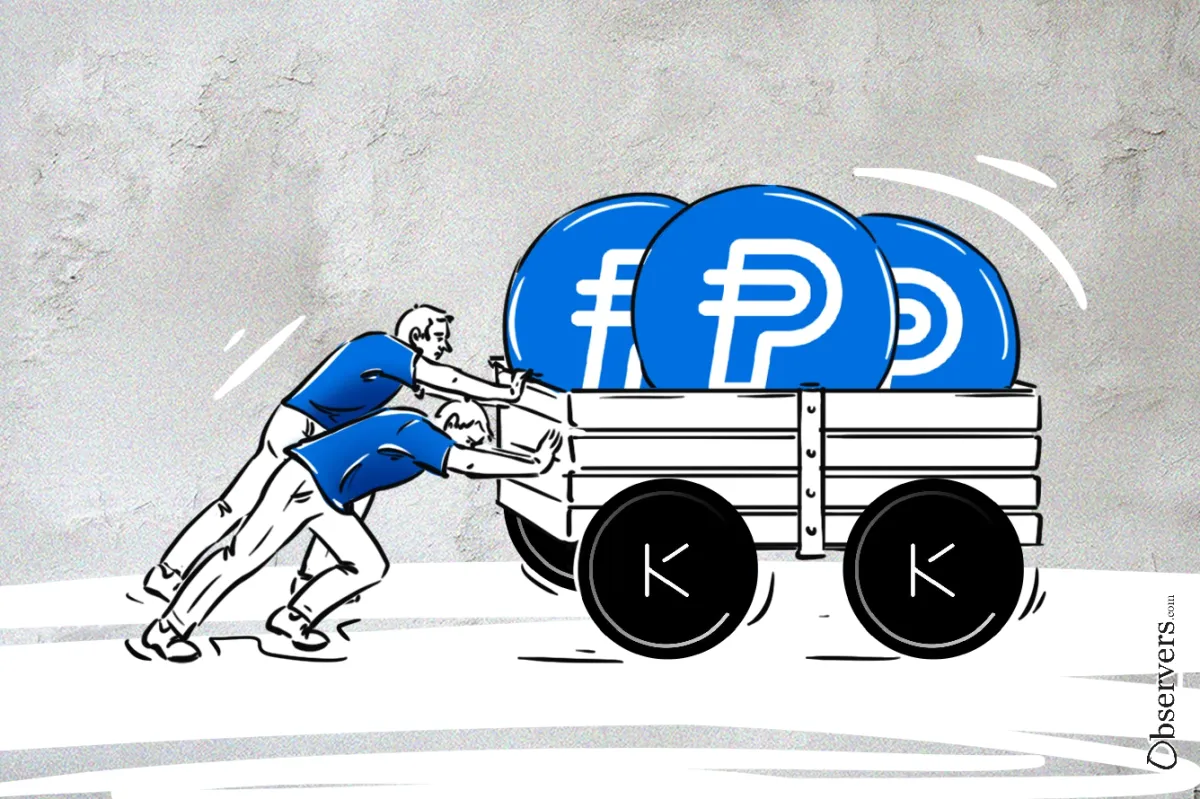
PayPal launched its dollar-pegged PayPal USD (PYUSD) stablecoin in August 2023 in partnership with Paxos, a leader in stablecoin technology. The duo immediately caught the attention of industry observers, who projected a bright future for FinTech’s entry into the stablecoin market.
Since then, however, the stablecoin has shown very modest growth. The number of coins issued hovered around 300 million during the first half of 2024, and daily transaction volumes were only 15 million. For comparison, Tether’s USD has 113 billion of issued tokens and around 70 billion daily transactions. PYUSD volumes are low compared to stablecoins such as Frax, TrueUSD, and six-month-old Ethena.
The high expectations of industry observers were based on PayPal's huge customer base. The company has over 400 million users in almost every country of the world. It enjoys integrations with the world’s largest marketplaces and payment systems.
However, it looks like PayPal’s users don’t see any reason to migrate from PayPal’s convenient interface to the wild world of Web3. And on the flipside, Web3 adepts have shown little interest in PYUSD.
During this last year PayPal made PYUSD available on its Venmo and Xoom platforms and also used it to disburse PayPal Ventures' funds.
To push adoption in DeFi, PayPal is subsidizing extra yield on DeFi platforms. In January, PayPal reportedly funded $132,000 additional yield for PYUSD on Curve platform, which was immediately labeled as 'bribes' by the community.
Most recently, after announcing the stablecoin’s launch on the Solana blockchain, PayPal partnered with its largest lending protocol, Kamino, to push PYUSD deposits. Kamino announced 'incentivized' deposits where the yield is doubled for this particular stablecoin. Depositors will receive around 17% annually on their PYUSD deposits. For comparison, the yields of DeFi's most popular USDC stablecoin on Kamino are around 9%.

Judging from CoinGecko’s market cap chart for PYUSD, PayPal’s tactic is working. The amount of PYUSD in circulation jumped by 200 million in a few days. However, other metrics, such as daily volumes, remained unchanged.
PayPal’s push may set a new trend in the design and development of stablecoin projects in terms of profit distribution. Now, the issuers get all the profits from the investment of the reserve funds. With increased competition, more companies are willing to share profits with the users.
There were already similar proposals in the market, where issuers designed schemes that share part of the profits from stablecoins. While paying direct interest on stablecoin holding might be regarded as a licensed activity for the issuers, indirect incentives on DeFi platforms are still in the regulatory gray zone, so we will probably observe more of those.

